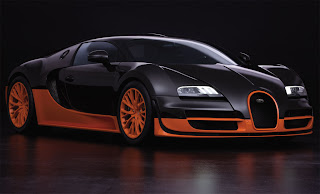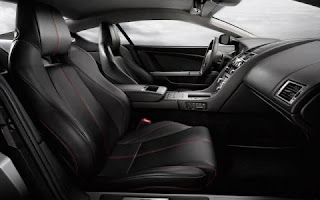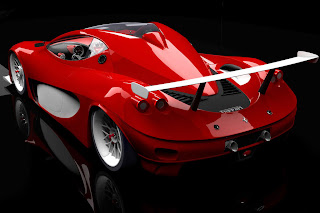Toyota Highlander will be offered in Base, Sport and Limited grades. All three grades will be powered by a new 3.5-liter V6 with dual independent variable valve timing with intelligence (VVTi) that delivers an impressive 270 horsepower — a 55 horsepower gain over the previous generation’s 3.3-liter engine. Toyota Highlander has an impressive list of standard safety features. It will provide a segmentleading total of seven airbags, including a driver’s knee airbag and roll-sensing side curtain airbags for all three rows in addition to active headrests for the driver and front passenger. As with all Toyota SUVs for the last three years, Toyota Highlander will provide Toyota’s STAR™ safety system, featuring: anti-lock brakes, traction control, electronic brake-force distribution, brake assist, and for the first time, enhanced vehicle stability control, with electronic power steering. For all Sport and Limited models, a stand-alone backup camera with a 3.5-inch LCD multi-information screen, not tied to a navigation system, is standard equipment. Highlander rides on an all-new chassis derived from the current Camry and Avalon. It is nearly four inches longer and three inches wider, with an inch more ground clearance and three inches of additional wheelbase than the Highlander it replaces. Toyota Highlander'ssecond-row seating flexibility features captain’s chairs with armrests that, if needed, can be converted to a bench seat for three passengers. A “Center Stow™” seat, when not in use, is hidden in a compartment under the front center console. In its place, passengers can easily put in the Center Stow™console or choose to leave the area open as a walk-through to the third row. The second row also slides forward and back 4.7 inches and reclines.



























































-1.jpg)